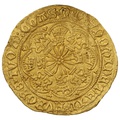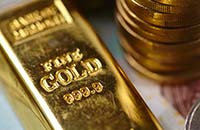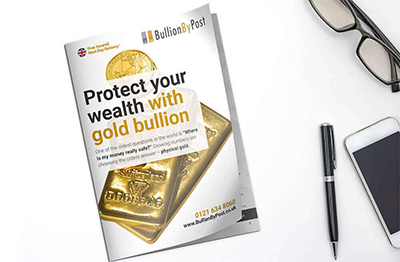Hammered Coins
For numismatic collectors Hammered coins represent a chance to buy a piece of older history, whether in gold or silver. British hammered coins were in production up to 1662 at which point coin manufacture switched to milling, improving the quality and security. A hammered coin can usually be identified easily by its distinctive flattened edges and is often visually misshaped compared to modern milled coins.
Hammered coins cover the time period of some of England and Scotland’s most famous, and infamous, monarchs. Edward I, Henry VIII, Elizabeth I and Charles II are just some of the Kings and Queens that can be found on a hammered coin.
To view our range of Milled Coins, click here.
The term ‘hammered’ refers to the manufacturing process of the coin, during which a blank piece of bullion was placed between two dies, and the pattern struck into both sides of the coin. The method was used for centuries and was largely unaltered from traditional techniques even years later.
Hammered coins suffered from a number of flaws that ultimately made their replacement necessary. Due to striking process it was impossible to produce coins that were uniform in size and weight. This made the coins vulnerable to various forms of fraud, of which the most popular was ‘clipping’. A clipped coin had slivers of the metal sheared from the edges and caused British coinage to be devalued significantly over the course of their history.
Non-hammered coins were first produced in England during the rule of Elizabeth I during the 1560s, but the skill-trade held off it's rival for just over a century. It wasn’t until 1662 that hammered coins finally came to an end.













